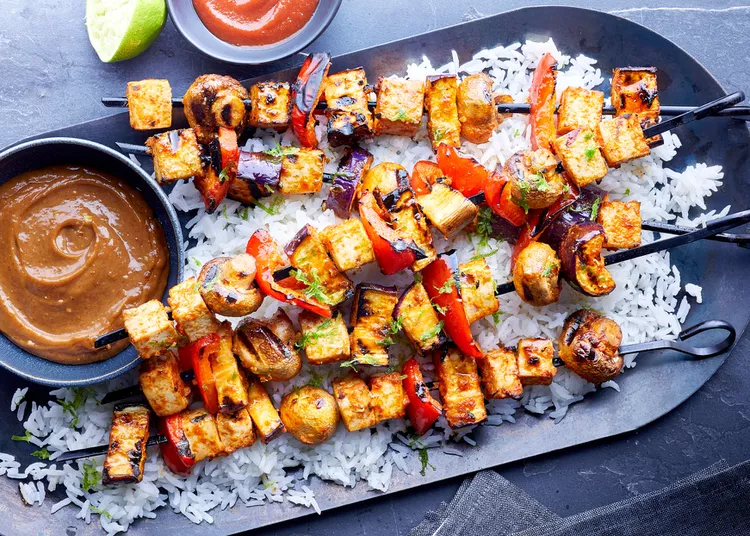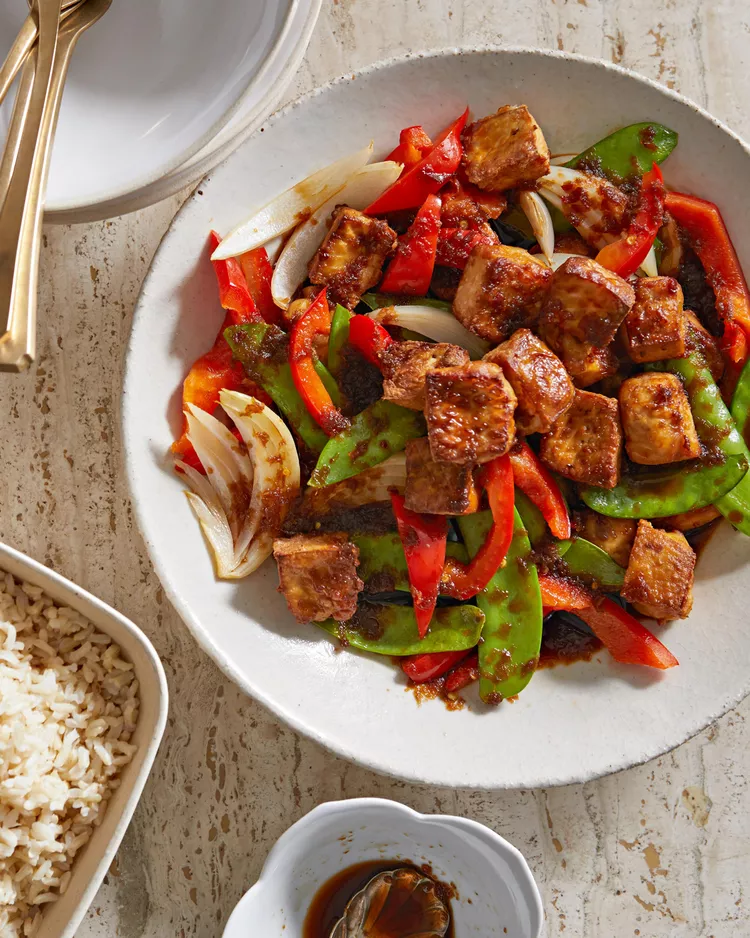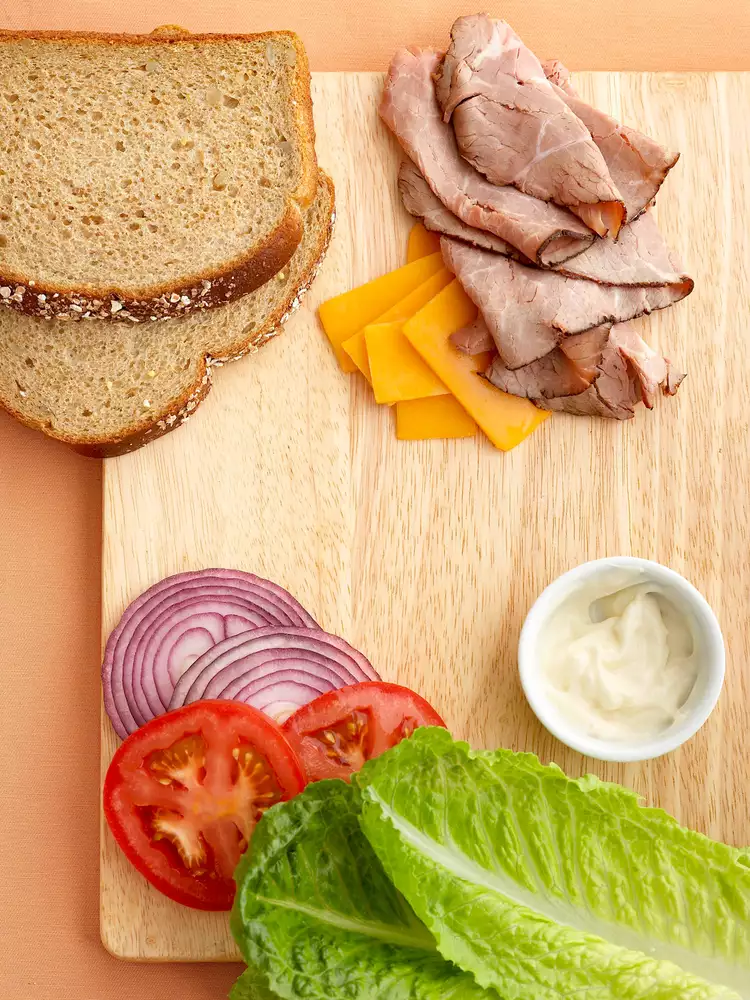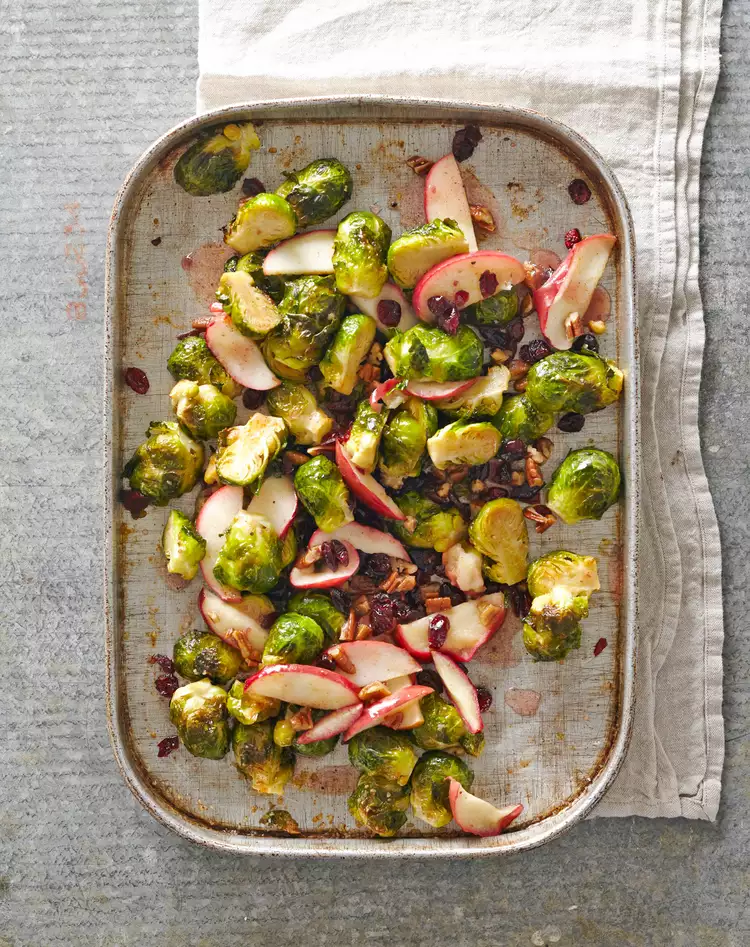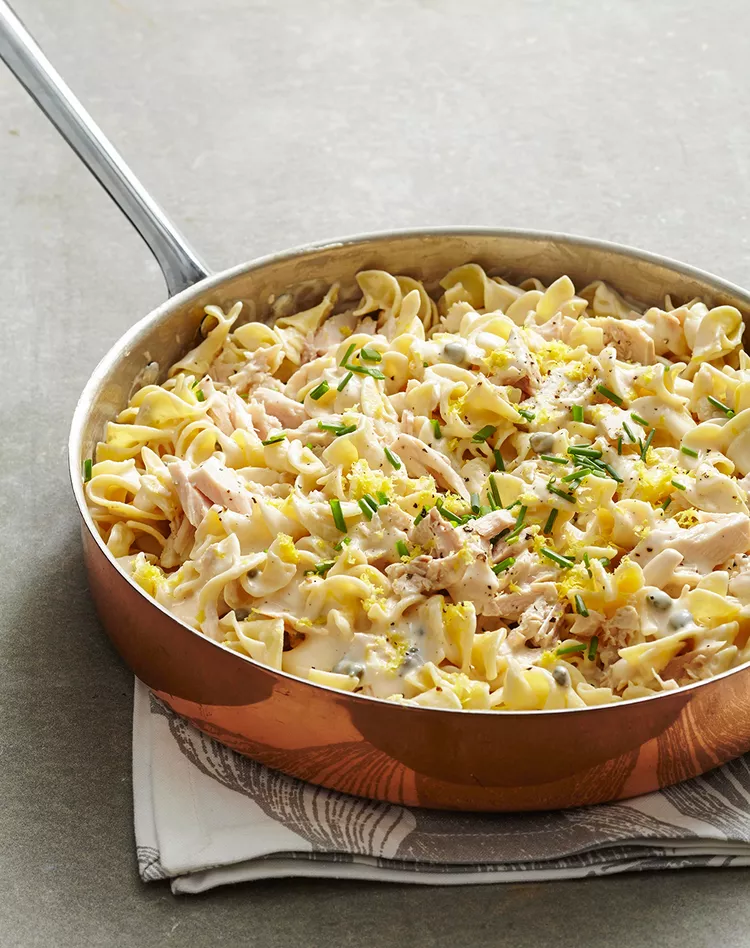Major supermarkets usually have a few different meat sections. The butcher area is where you’ll find fresh and frozen meats like steaks, ground beef, chicken, and turkey. In the center of the store, you’ll find canned meat near the tuna and jerky with the snacks. Then over in the deli, there’s a whole other category of slices that are traditionally viewed as sandwich fixings.
Curious about what separates the roast beef, ham, turkey, or chicken found in the deli from its peers across the market that are marketed with the same name? It’s about much more than the fact that they're sliced. Ahead, get the answer to a common question we receive from readers—“what is deli meat?”—and to learn more about the pros and cons of consuming this brown bag lunch staple.
- Roxana Ehsani, M.S., RD, CSSD, is a Miami-based board-certified sports dietitian
- Frances Largeman-Roth, RDN, a Dobbs Ferry, New York-based registered dietitian nutritionist and author of Everyday Snack Tray
What Is Deli Meat?
Deli meat’s definition is quite flexible. According to the USDA, a deli meat is a product that is:
- Made from beef, pork, or poultry.
- Ready to eat without additional cooking.
- Typically sliced, either where it’s produced or where it’s sold.
Common deli case options include bologna, mortadella, salami, ham, roast beef, turkey breast, and chicken.
The major differentiator between meat that you’ll find in the butcher section and deli meat boils down to who handles the cooking. Unlike their butcher section counterparts that require home cooks to heat the meat to a safe temperature before consuming them, deli meats undergo processing to be safe to eat straight out of the package, explains Frances Largeman-Roth, RDN, a Dobbs Ferry, New York-based registered dietitian nutritionist and author of Everyday Snack Tray.
Techniques like curing and smoking are common, and some deli meats (including mortadella and bologna) are made with ground meat and spices that are piped into a casing then cooked.
“This preserves the meat more, increasing their shelf life—or technically fridge life,” says Roxana Ehsani, M.S., RD, CSSD, is a Miami-based board-certified sports dietitian.
All deli meats qualify as processed meats, but not all processed meats are deli meats. Bacon, sausage, meat sticks, jerky, hot dogs, and many kinds of chicken nuggets are other examples of processed meats.
The Benefits of Deli Meat
All meat and poultry, including deli meat, is a strong source of muscle-supporting and appetite-taming protein protein, Ehsani says. Four slices of roast beef deliver 10 grams of protein, which is about 20% of what the Dietary Guidelines suggest that the average adult consumes in a day.
For those crunched for time, deli meat can come in clutch because it doesn’t require additional cooking or preparation, Largeman-Roth adds.
Plus, during processing, deli meat is seasoned so it will be more flavorful than its plain meat version.
The Drawbacks of Deli Meat
Compared to fresh, uncooked meat, deli meats are almost always higher in sodium (a mineral that’s important for our bodies in moderation, but when we overdo it chronically, may increase risk for heart disease).
Depending on the recipe, deli meats may also have added sugars. Smoked ham ingredient lists might include brown sugar, while honey roasted turkey features (you guessed it!) honey.
This too is brand- and recipe-dependent, however many deli meats are preserved with chemical compounds called nitrates and nitrites. These are naturally found in some fruits, vegetables, and herbs, and can also be introduced to foods like processed meats to lend color and to help deli meat last longer. When nitrates and nitrates are added to foods, they may raise risk for breast and prostate cancer, Largeman-Roth explains.
Lastly, we can’t overlook the recent news about listeria. During summer 2024, 57 individuals were hospitalized and 9 people died (as of press time) after eating Boar’s Head deli meat that had been contaminated with Listeria monocytogenes bacteria. This bacteria is found in soil and water, and when plants and animals come into contact with contaminated areas, they can pick up the germs, too, and pass it along in meat or dairy products. Pasteurization and heat kill listeria, which is why outbreaks are rare. (The CDC confirms that the last listeria outbreak of this size occurred in 2011 after contaminated cantaloupe made the rounds.) Listeria can get reintroduced after processing, though, say, if a deli slicer or other surface at the production facility is contaminated. Listeria in deli meats is extremely rare, but it can happen since we don’t cook the protein before eating it, as we do with fresh and frozen meats.
To keep up with safety alerts and recalls, sign up for updates from the FDA here.
How to Enjoy Deli Meat as Part of a Healthy Diet
“If you are pregnant, it’s wise to avoid eating deli meat due to the listeria risk,” Largeman-Roth says. “You can certainly heat it up to 165°F and consume it safely, but most people don’t enjoy eating it this way.”
For the rest of us, as it hasn’t been recalled (which, as we mentioned, is very uncommon), deli meat should be safe to consume and can be a quick, convenient, and flavorful source of protein.
Ehsani suggests prioritizing minimally-processed, whole food sources of protein first, such as baked chicken breast, grilled salmon, eggs, or a cup of Greek yogurt. Think of deli meat as an every-so-often option, such as a serving once per week, Largeman-Roth adds. One serving of deli meat is 2 ounces, which translates to about 3 to 4 thin slices.
As for how to use deli meat, our experts recommend:
- Sandwiches. Ideally, your healthy sandwich stack will also star fresh fruit and vegetables, such mashed avocado, shredded carrots, sliced radishes, fresh greens, or sliced tomatoes. (Our Smoked Turkey Panini and Turkey-Apple Grilled Cheese Sandwiches are colorful and tasty examples of this concept coming to life.)
- Wraps. Try a tortilla stuffed with deli meat, hummus, and veggies. Or use a slice of deli meat as the wrap itself, and roll cheese and thinly-sliced vegetables inside.
- Snack trays. Build a grown-up copycat lunch with deli meat, whole grain crackers, sliced cheese, grapes, carrot sticks, and guacamole for a snackable meal that satisfies.
- Quesadillas. Instead of cooked ground beef, grilled chicken, or grilled shrimp, speed up prep for Tex-Mex night by using diced deli meat alongside shredded cheese for a quesadilla filling.
- Omelets. The classic Denver omelet recipe calls for diced ham. Chopped deli meat of any kind can make for a flavorful and high-protein addition to frittatas, scrambles, and quiches, too.

